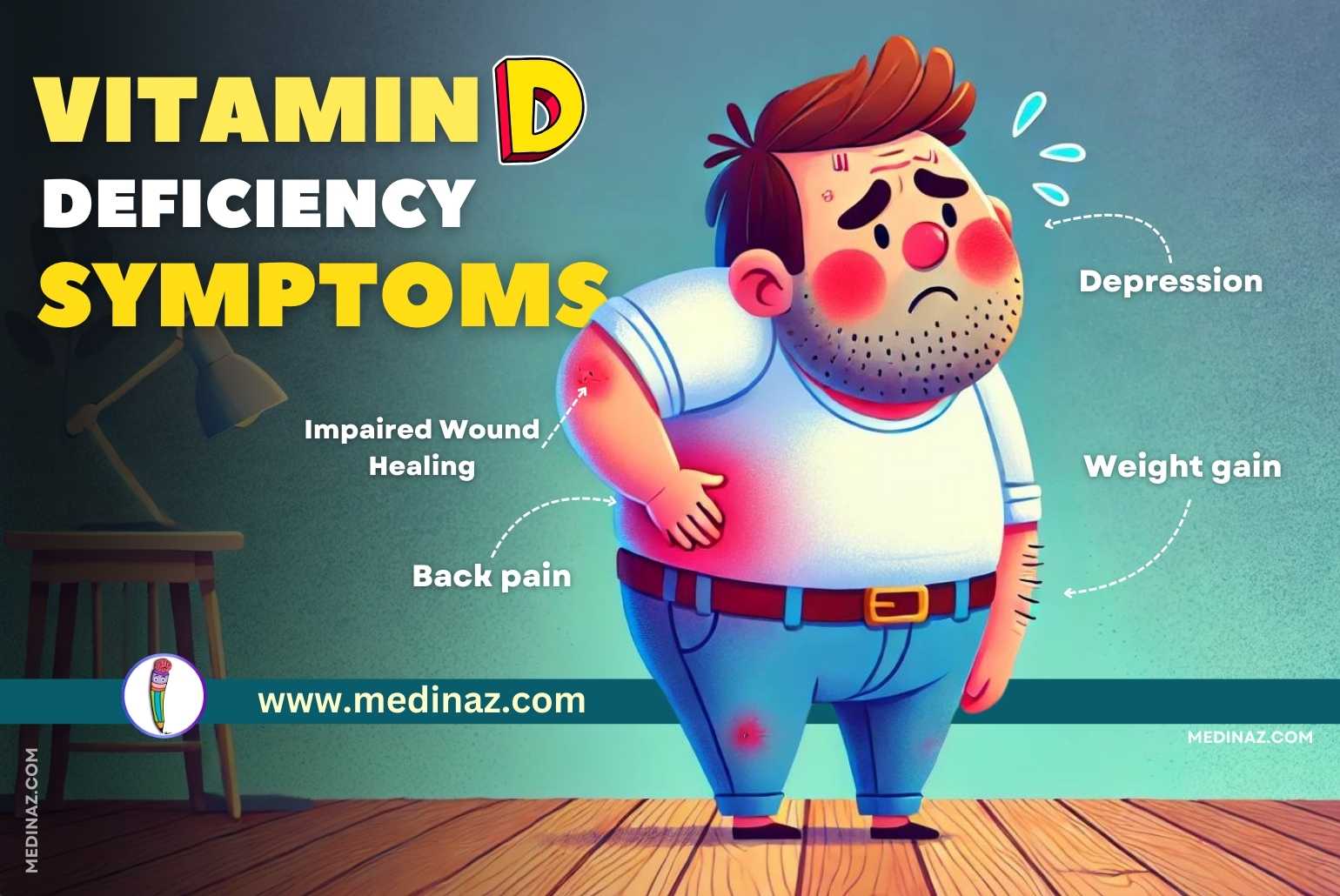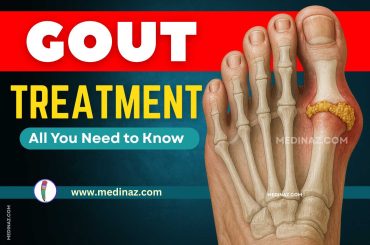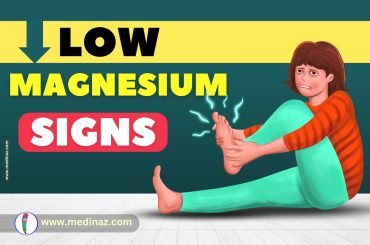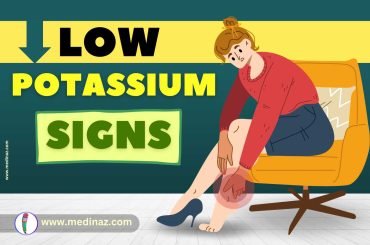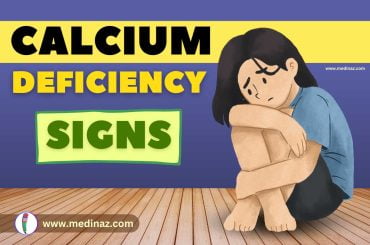Top 10 Vitamin D Deficiency Symptoms you should know.
Vitamin D, often called the “sunshine vitamin,” plays a crucial role in maintaining our overall health. It’s vital for bone health, immune function, and even mood regulation. However, a large number of people across the world suffer from vitamin D deficiency, often without even realizing it. (ref)
Let’s dive into the top 10 symptoms of vitamin D deficiency, so you can recognize the signs early and take action.
1. Frequent Illnesses or Infections
One of the primary roles of vitamin D is supporting the immune system. It helps the body fight off infections by enhancing the pathogen-fighting effects of monocytes and macrophages—white blood cells that play a key role in immune defense.
If you find yourself getting sick often, particularly with colds or respiratory infections, low vitamin D levels could be the culprit.
2. Fatigue and Tiredness
Feeling constantly tired, even after getting enough sleep, can be linked to a deficiency in vitamin D. Studies have shown that low levels of this vitamin can lead to chronic fatigue and a general feeling of tiredness, impacting your daily life and productivity.
3. Bone and Back Pain
Vitamin D is essential for calcium absorption in the body. Without enough vitamin D, your bones can weaken, leading to bone pain and lower back pain.
This is especially true for older adults, where vitamin D deficiency is often linked to osteoporosis—a condition that makes bones brittle and more prone to fractures.
4. Depression
Mood changes, including depression, can also be a sign of vitamin D deficiency. Vitamin D is thought to play a crucial role in brain function, and low levels have been associated with an increased risk of depression, especially in older adults. (ref)
5. Impaired Wound Healing
If your wounds are taking longer to heal than usual, it could be due to low vitamin D levels. Vitamin D is involved in the production of compounds that are crucial for forming new skin as part of the wound-healing process.
A deficiency can slow this process, leading to prolonged healing times for cuts, bruises, or surgical wounds.

6. Bone Loss
As mentioned earlier, vitamin D is critical for calcium absorption. Without it, bone density can decrease, leading to conditions like osteopenia or osteoporosis.
This is particularly concerning for postmenopausal women, who are already at a higher risk for bone loss. Regular bone pain and frequent fractures can be a telltale sign of this issue.
7. Hair Loss
Hair loss is often attributed to stress, but when it becomes severe, it could be due to nutrient deficiencies, including vitamin D. Alopecia, an autoimmune condition characterized by severe hair loss, has been linked to low vitamin D levels.
It’s believed that vitamin D may play a role in the hair follicle cycle, and deficiency could disrupt normal hair growth.
8. Muscle Pain
Muscle pain, particularly in older adults, could be a sign of vitamin D deficiency. Vitamin D receptors are found in nerve cells, and it’s believed that the vitamin plays a role in pain perception.
Research suggests that low vitamin D levels can cause or exacerbate muscle pain, leading to discomfort and reduced quality of life.
9. Weight Gain
While not directly a symptom, vitamin D deficiency can contribute to weight gain or difficulty losing weight. Low levels of vitamin D have been associated with an increased risk of obesity.
This could be due to the role vitamin D plays in the metabolism of fat cells, influencing how the body stores fat.
10. Impaired Cognition
Cognitive decline, including memory loss and difficulty concentrating, may be linked to low vitamin D levels. Research has shown that vitamin D is involved in brain function, and deficiency has been associated with an increased risk of cognitive impairment and conditions like Alzheimer’s disease.
What Causes Vitamin D Deficiency?
Several factors can lead to vitamin D deficiency:
- Limited Sun Exposure: The body produces vitamin D when the skin is exposed to sunlight. Spending too much time indoors or living in areas with limited sunlight can reduce your ability to produce enough vitamin D.
- Dietary Factors: Vitamin D is found in certain foods like fatty fish, egg yolks, and fortified foods. A diet lacking these can contribute to deficiency.
- Age: As you age, your skin’s ability to produce vitamin D from sunlight decreases, and your kidneys become less efficient at converting vitamin D to its active form.
- Obesity: Vitamin D is fat-soluble, meaning it’s stored in body fat. People with higher body fat may need more vitamin D than others.
How to Boost Your Vitamin D Levels
If you suspect you’re deficient in vitamin D, the best course of action is to get your levels checked through a blood test. If confirmed, you can improve your vitamin D levels by:
- Spending More Time in the Sun: Aim for 10-30 minutes of midday sunlight several times a week. The more skin exposed, the more vitamin D your body can produce.
- Eating Vitamin D-Rich Foods: Include fatty fish, fortified dairy products, egg yolks, and mushrooms in your diet.
- Taking Supplements: Vitamin D supplements are widely available and can be an effective way to increase your levels, especially during the winter months.
Conclusion
Vitamin D deficiency is more common than you might think, and its symptoms can easily be overlooked or attributed to other health issues. By understanding the signs and taking steps to maintain healthy vitamin D levels, you can improve your overall well-being and prevent long-term health problems.
If you’re experiencing any of the symptoms mentioned above, it might be worth discussing with your healthcare provider. A simple test could make a significant difference in your health.
Know more about Vitamin D
A Visual Learning Platform

